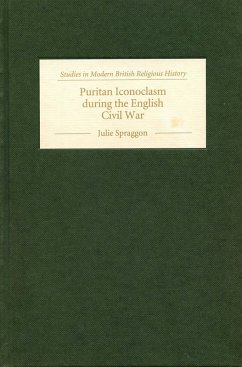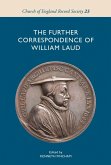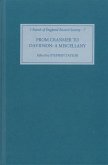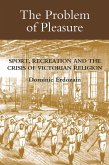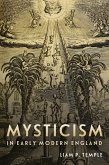An examination of Puritan iconoclasm, the reasons which led to it, and the forces which sustained it.
This work offers a detailed analysis of Puritan iconoclasm in England during the 1640s, looking at the reasons for the resurgence of image-breaking a hundred years after the break with Rome, and the extent of the phenomenon. Initially a reaction to the emphasis on ceremony and the 'beauty of holiness' under Archbishop Laud, the attack on 'innovations', such as communion rails, images and stained glass windows, developed into a major campaign driven forwardby the Long Parliament as part of its religious reformation. Increasingly radical legislation targeted not just 'new popery', but pre-Reformation survivals and a wide range of objects (including some which had been acceptable tothe Elizabethan and Jacobean Church). The book makes a detailed survey of parliament's legislation against images, considering the question of how and how far this legislation was enforced generally, with specific case studies looking at the impact of the iconoclastic reformation in London, in the cathedrals and at the universities. Parallel to this official movement was an unofficial one undertaken by Parliamentary soldiers, whose violent destructivenessbecame notorious. The significance of this spontaneous action and the importance of the anti-Catholic and anti-Episcopal feelings that it represented are also examined.
Shortlisted for Historians of British Art Book Prize for2003
Dr JULIE SPRAGGON is at the Institute for Historical Research, University of London.
This work offers a detailed analysis of Puritan iconoclasm in England during the 1640s, looking at the reasons for the resurgence of image-breaking a hundred years after the break with Rome, and the extent of the phenomenon. Initially a reaction to the emphasis on ceremony and the 'beauty of holiness' under Archbishop Laud, the attack on 'innovations', such as communion rails, images and stained glass windows, developed into a major campaign driven forwardby the Long Parliament as part of its religious reformation. Increasingly radical legislation targeted not just 'new popery', but pre-Reformation survivals and a wide range of objects (including some which had been acceptable tothe Elizabethan and Jacobean Church). The book makes a detailed survey of parliament's legislation against images, considering the question of how and how far this legislation was enforced generally, with specific case studies looking at the impact of the iconoclastic reformation in London, in the cathedrals and at the universities. Parallel to this official movement was an unofficial one undertaken by Parliamentary soldiers, whose violent destructivenessbecame notorious. The significance of this spontaneous action and the importance of the anti-Catholic and anti-Episcopal feelings that it represented are also examined.
Shortlisted for Historians of British Art Book Prize for2003
Dr JULIE SPRAGGON is at the Institute for Historical Research, University of London.
Dieser Download kann aus rechtlichen Gründen nur mit Rechnungsadresse in A, D ausgeliefert werden.

